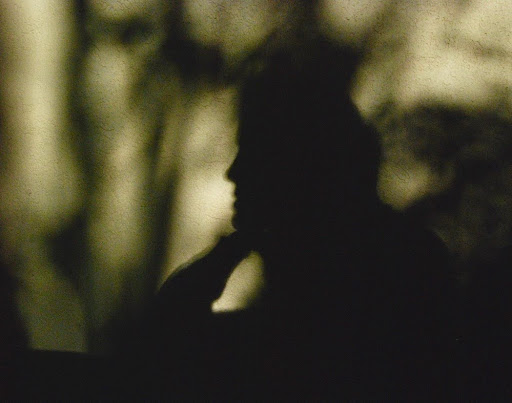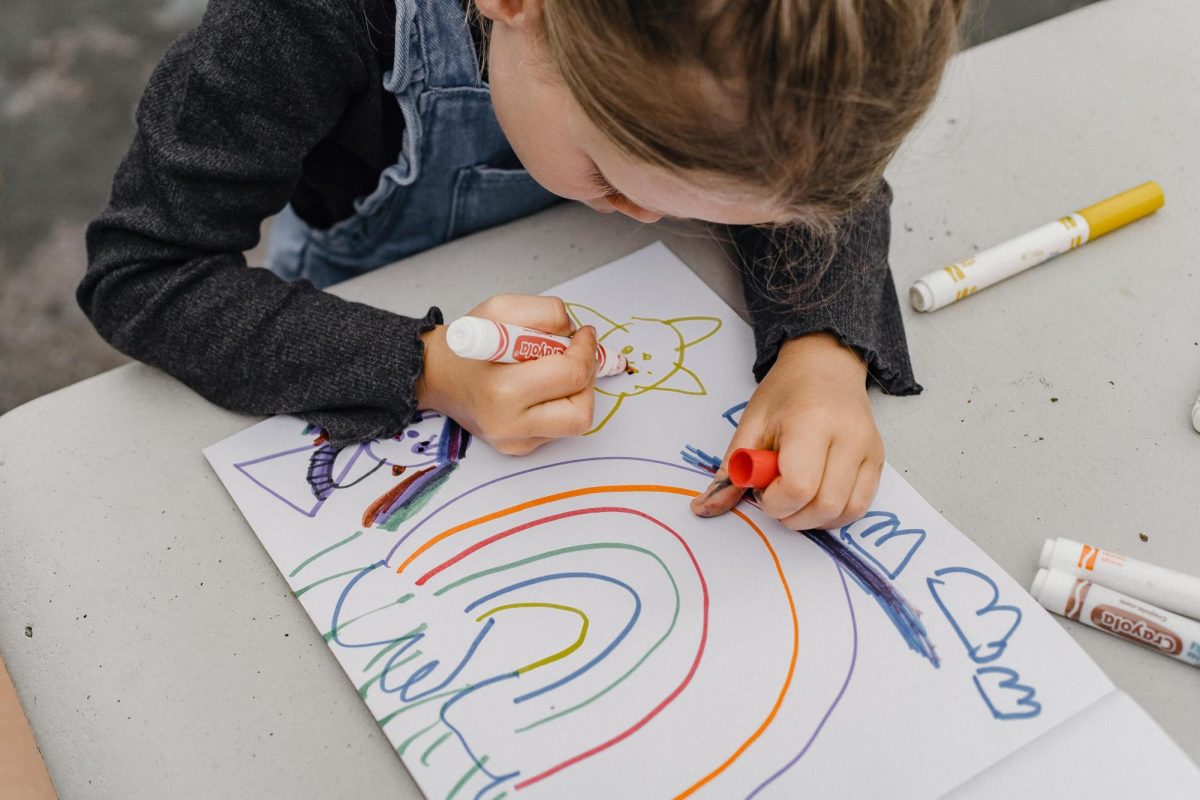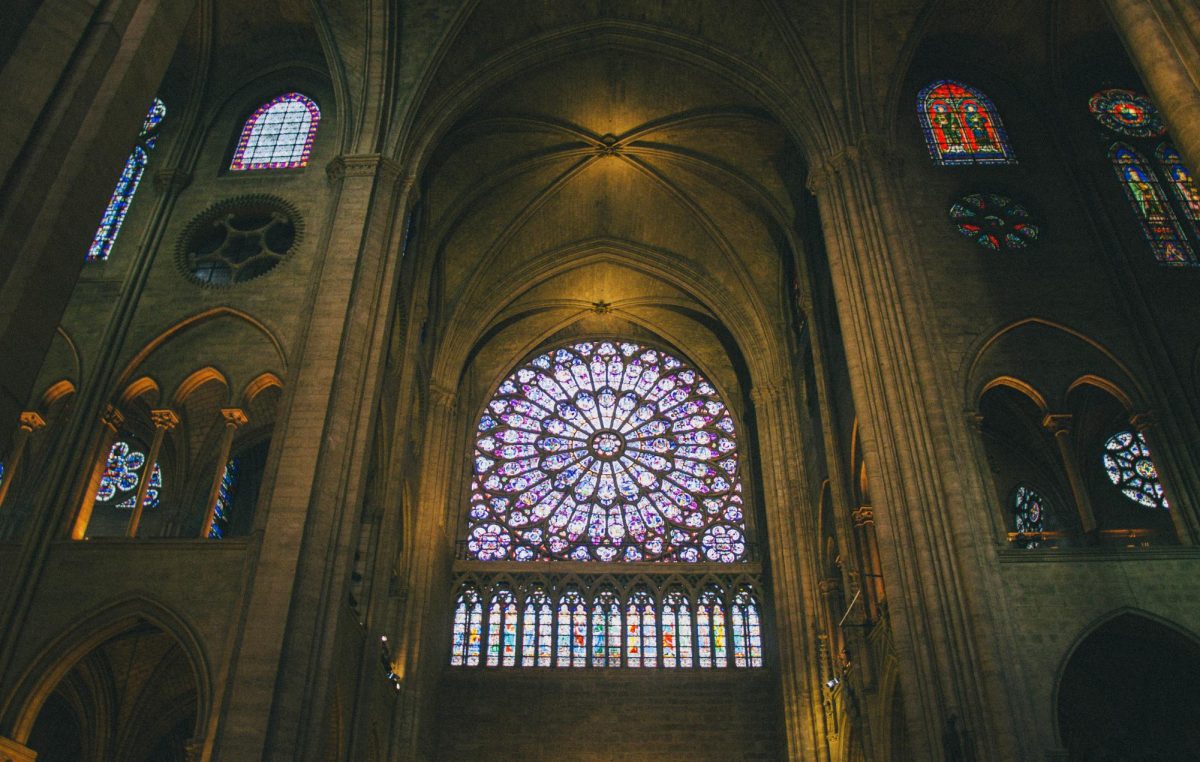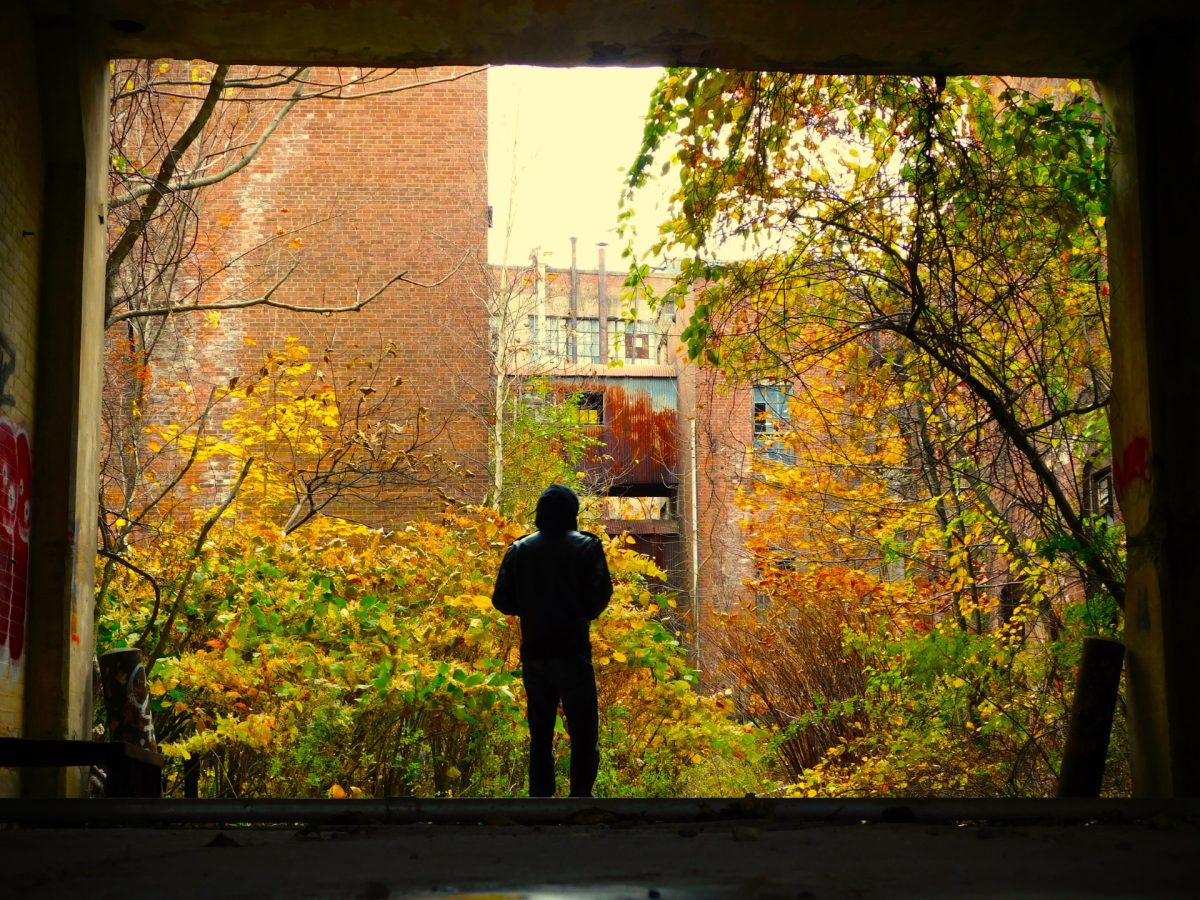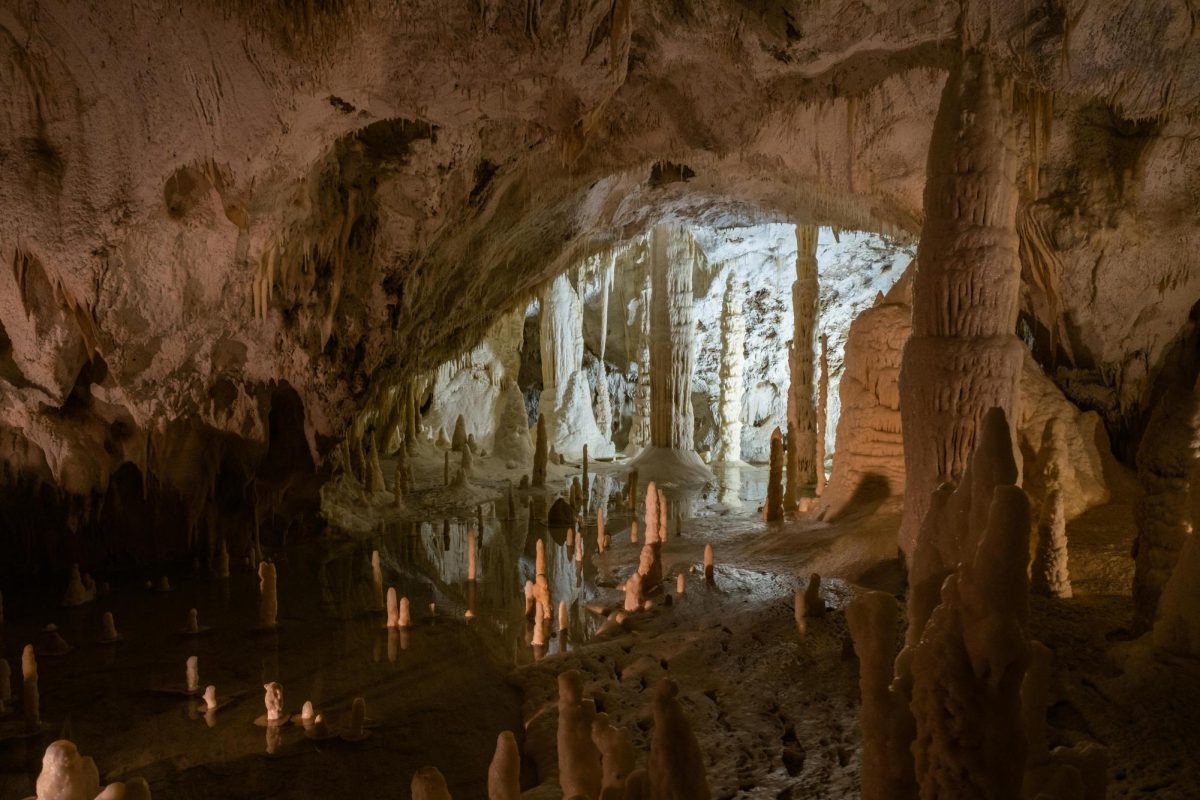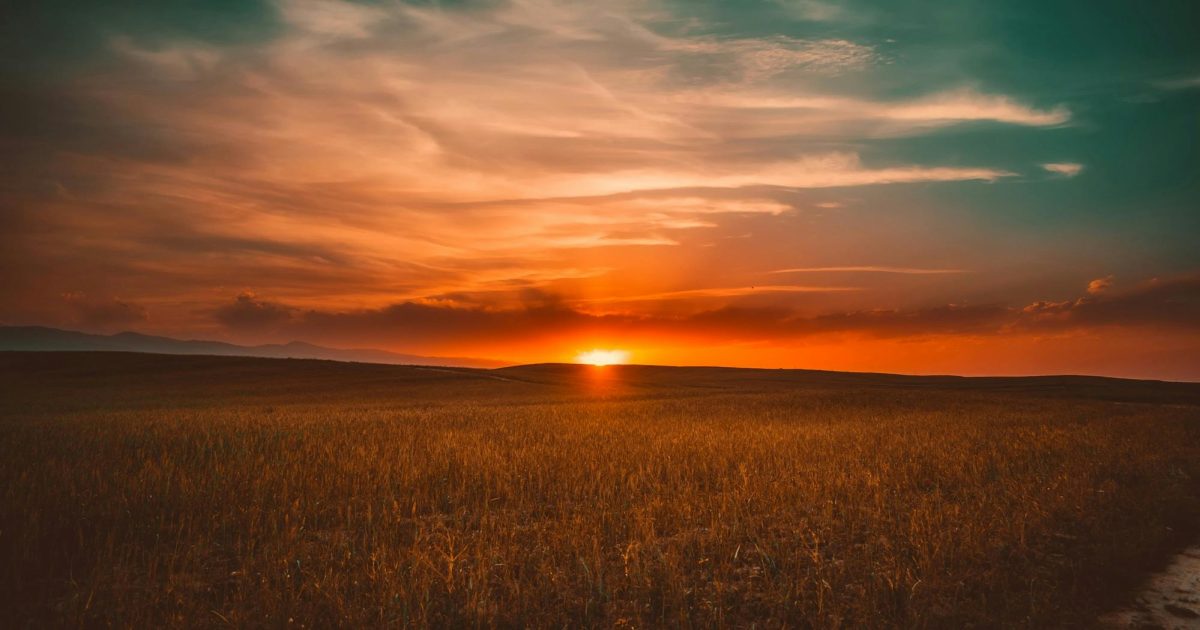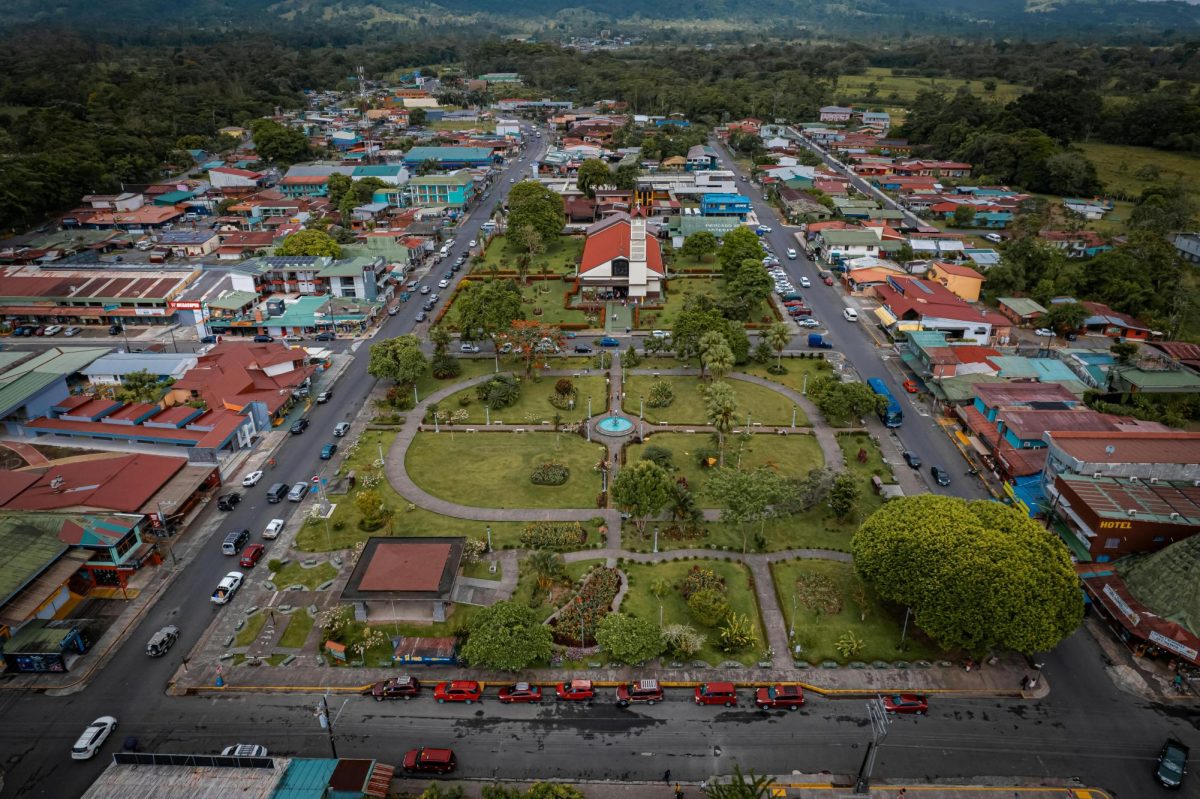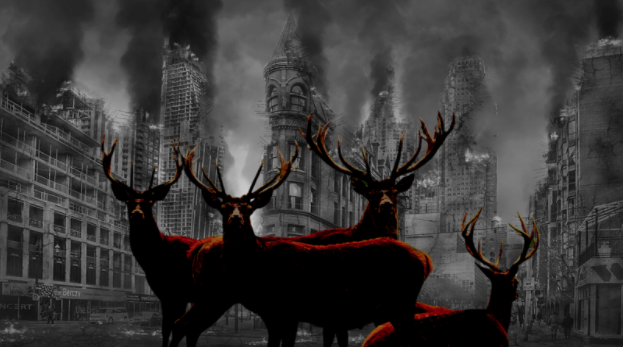It was nearly 9:00pm, and I was driving through southern Massachusetts to see family–a routine drive, but a long one. I had slowly grown accustomed to the drive, recognizing the sights and the scenery as I passed by.
Although there were short stretches of road where nature peeked through, I was, for the most part, confronted with imposing brutalist architecture for miles in the distance. I could see long stretches of businesses and a billboard forest thrusting advertisements in my face as I passed through stripmall lined paths.
It certainly wasn’t a pretty sight, but I had grown used to it every time I had driven down this road. Seeing the world in concrete dimensions is depressing, but it comprises the critical infrastructure and systems that make my current life possible.
I don’t think I had quite realized how much concrete and brutalist architecture dominated the natural world until that night. After a few miles of driving at a steady pace, I suddenly came to a grinding halt. Frustrated and confused, I tried to see what was holding the cars up in front of me.
In the distance, a frightened young deer galloped across the road, looking with wide eyes at the lines of cars before it skittered off into the woods. Although seeing a deer shocked me, I was more taken back by one thing in particular: the reactions of the drivers who stopped in front of me.
I could see–in multiple cars–people looking off into the woods with awe and amazement, clearly talking among themselves about the wonder they just saw. Interestingly, I had the same reaction when I first saw the deer myself.
After the deer left, I paused, and thought to myself, “How is something as simple as a deer–an animal that should be living here–regarded as such a rare wonder to generate those reactions among so many people?”
It then occurred to me that this reaction stems from a stark separation between humanity and nature. It only took a minute for all of those people–who shared this moment of awe together–to immediately get wrapped up in their lives again. People picked up their phones again, and sped off in their cars–another symbol of separation between us and the natural world.
Although it may seem peculiar to think so much about a deer, it cemented in my mind the fact that we are so separated from the natural world that we don’t even recognize that we are living in it.
This thought continued to nag at me following the event. As I sat in my house later that night, I looked out the window and couldn’t even remember the last time that I truly spent time outside in nature. Sure, I spend time outside, but it’s usually minimal and for a practical purpose, such as walking between classes. Although this is depressing, it is most certainly not without cause.
The positioning of profit as a paramount factor in all parts of life has led to a pervasive work culture that exacerbates this separation we experience from the natural world. Many of us are cooped up in offices or study rooms sucked into laptops or phones, completely unaware of what’s occurring in the physical space that we occupy.
Unfortunately, this divide is increasing every day. As globalization tightens, and multinational corporations expand their reach, this type of architecture is taking root everywhere.
What is especially concerning about this, is the impact that this expansion has on indigenous communities, most of which celebrate, respect and tend to the land around them. As corporations and the U.S. government continue to infringe on their territory, they are putting both indigenous communities and our environment at grave risk.
This infringement on indigneous land was present in the Keystone Pipeline Project, but it is also evident in multiple other similar projects occurring throughout the United States. According to Statista, in 2021, there were ten other petroleum pipeline projects occurring in the United States.
Although the direction we’re heading in seems irreversible, there is still time to fight it. There are a variety of funds and projects to donate to and participate in, however, we can also fight against the toxic work cultures and the prioritization of profit and capital that divert our attention away from the world around us.
Furthermore, by getting involved in community conservation projects, or even by tending a garden, we can slowly facilitate a culture where we are more connected with the natural world.
Of course, this isn’t a reality for everyone; many people don’t have the luxury of spending time in nature or getting involved in community projects. Despite this, there are other ways to fight the way that capitalism is ripping away our humanity. We can start by changing our perspectives on nature; we can take a moment and breathe in the air around us.
If we change the way that we frame nature and the natural world, we can come to realize that in reality, the roads we drive on are a stranger sight than the deers that precariously cross them.




